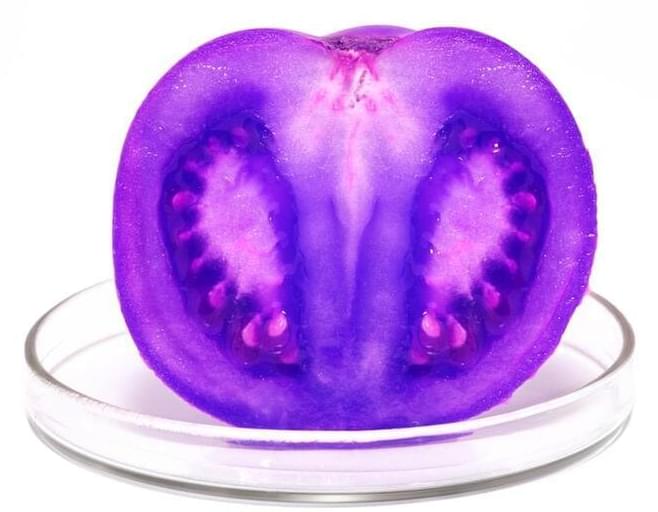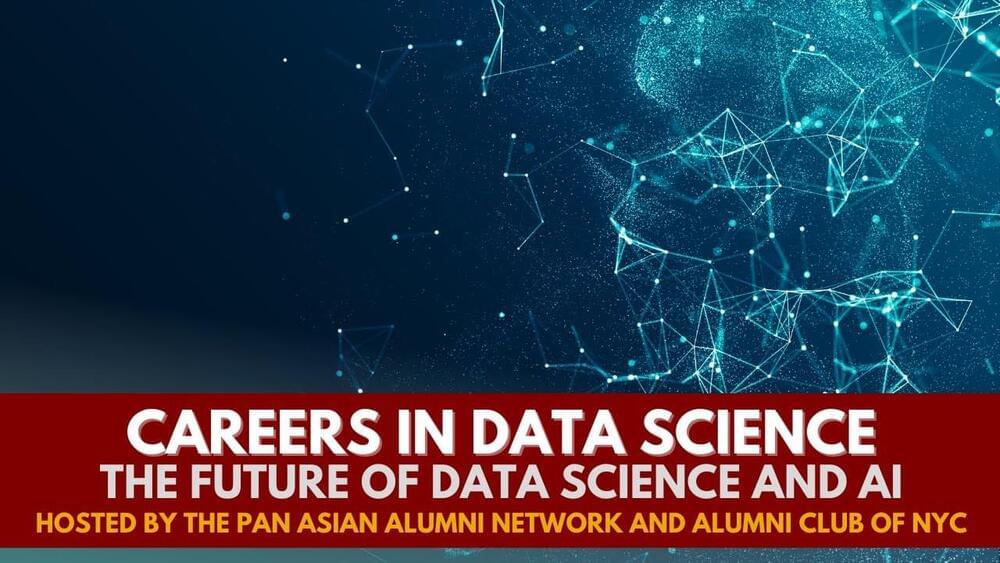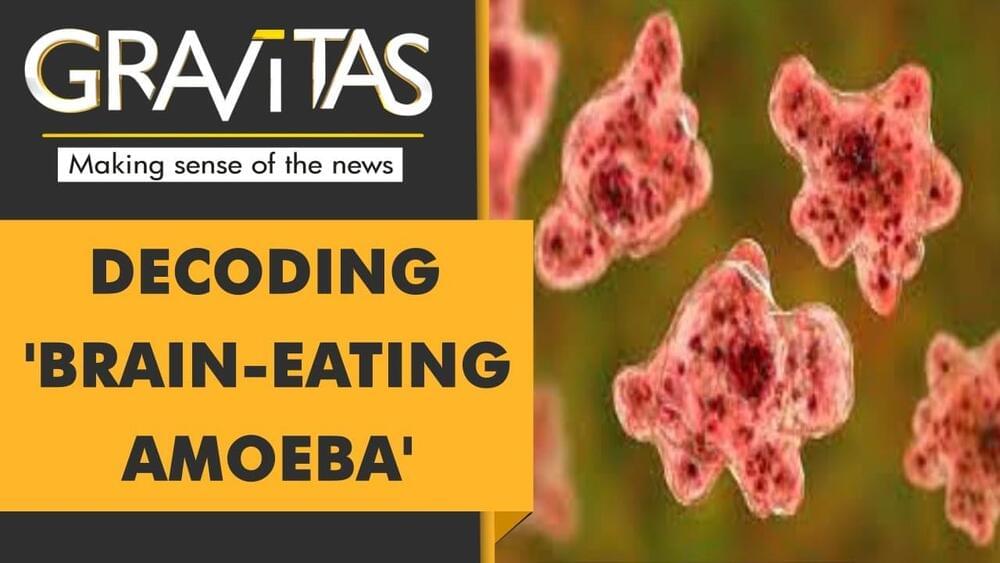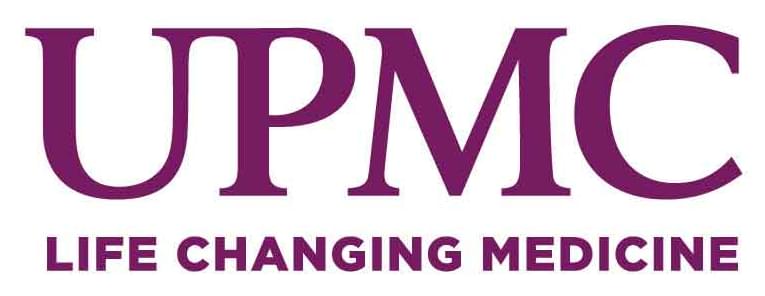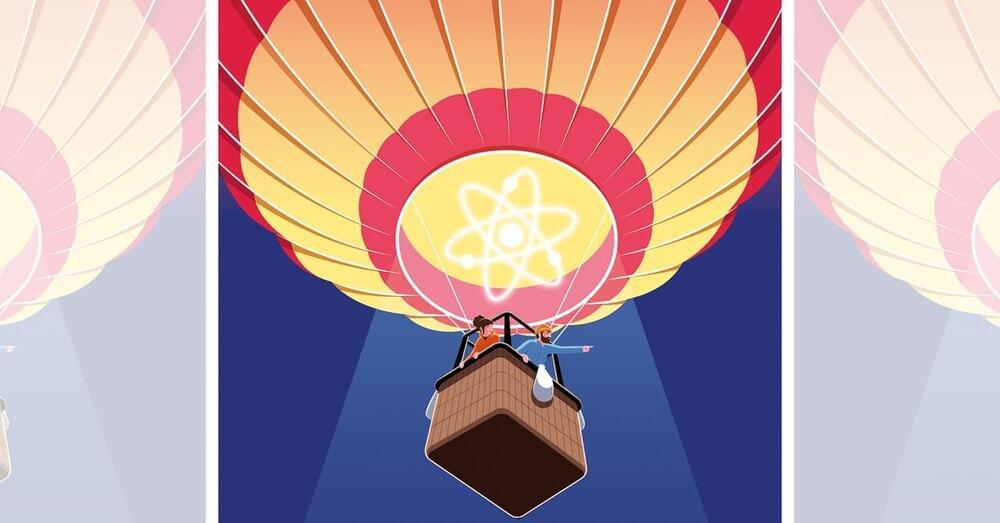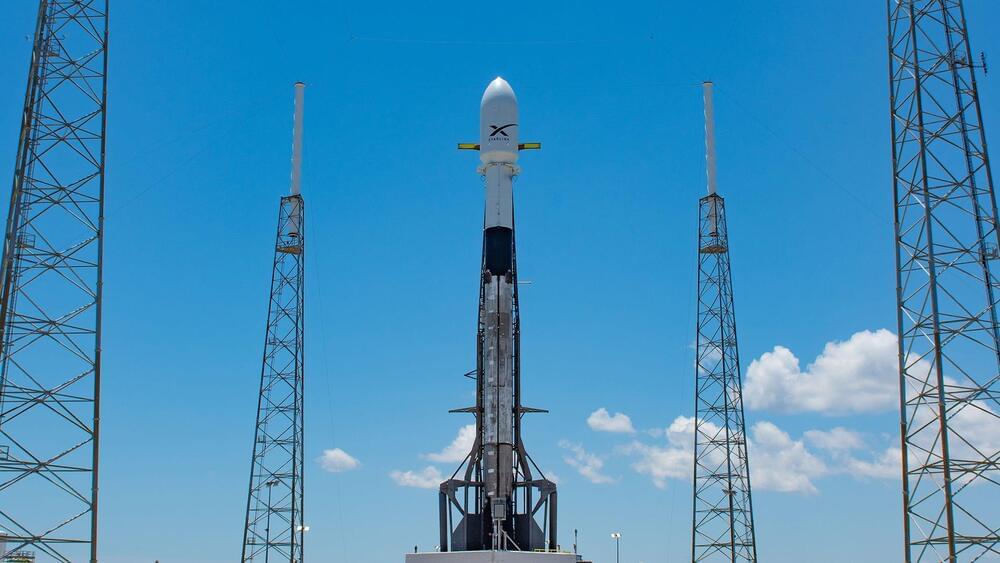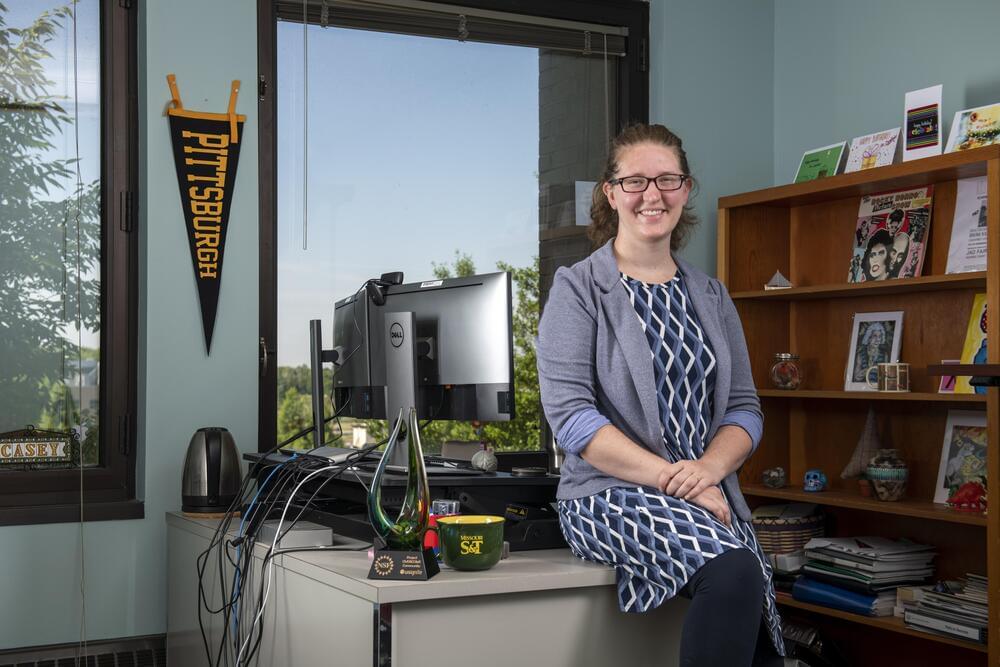Vani Kannan and Balaji, a Bengaluru-based couple, built their sustainable dream home using recycled wood and mud.
Immunotherapy is a type of drug that might be an option if you have triple-negative breast cancer.
Triple-negative breast cancer, also called basal-like breast cancer, is not sensitive to hormones. This means that the breast cancer cells don’t use estrogen or progesterone to grow and they don’t have hormone receptors. This type of breast cancer also doesn’t produce too much of the growth-promoting protein called HER2.
“Triple-negative breast cancer is about 10% to 15% of all breast cancer cases,” says Pooja Advani, M.D., a medical oncologist with the Robert and Monica Jacoby Center for Breast Health at Mayo Clinic in Florida.
Although genetically modified foods still get a bit of a bad rap, there are actually many good reasons why modifying an organism’s genetics may be worthwhile. For example, many breeds of genetically modified foods have made them more resistant to disease.
It’s also possible to modify foods to make them more nutritious. Take, for example, golden rice. This grain was engineered to have higher levels of vitamin A in order to tackle deficiencies of this nutrient in impoverished countries.
A purple tomato, created using genetic modification, may be available to buy in the U.S. as soon as 2023.
Join the Pan Asian Alumni Network (PAAN) and the Alumni Club of New York City for a series of virtual panels featuring diverse perspectives from the UChicago alumni community exploring career pathways, philosophical questions and trends determining the future of data science and artificial intelligence.
The first program in our series, Careers in Data Science, brings together UChicago alumni across different industries to discuss their career pathways, highlight key industry trends, and share advice for anyone looking to break into these fields.
South Korea has reported its first death due to Naegleria fowleri or ‘Brain-eating amoeba.’ The amoeba enters through the nose and attacks the brain, causing meningitis. Should you be scared?
#SouthKorea #amoeba #WION
About Channel:
WION The World is One News, examines global issues with in-depth analysis. We provide much more than the news of the day. Our aim to empower people to explore their world. With our Global headquarters in New Delhi, we bring you news on the hour, by the hour. We deliver information that is not biased. We are journalists who are neutral to the core and non-partisan when it comes to the politics of the world. People are tired of biased reportage and we stand for a globalised united world. So for us the World is truly One.
PITTSBURGH — A group of neuroscientists led by a University of Pittsburgh School of Medicine researcher developed a test to detect a novel marker of Alzheimer’s disease neurodegeneration in a blood sample. A study on their results was published today in Brain.
The biomarker, called “brain-derived tau,” or BD-tau, outperforms current blood diagnostic tests used to detect Alzheimer’s-related neurodegeneration clinically. It is specific to Alzheimer’s disease and correlates well with Alzheimer’s neurodegeneration biomarkers in the cerebrospinal fluid (CSF).
A group of neuroscientists led by a Pitt School of Medicine researcher developed a test to detect a novel marker of Alzheimer’s disease neurodegeneration in a blood sample.
Weather should be ideal for the early Wednesday launch of a SpaceX Falcon 9 rocket with Starlink internet satellites.
A four-year study will help develop AI software that will speed up the process of matching donated kidneys with patients in need, especially those not at the top of the transplant list.
The breakthrough came in an impossibly small slice of time, less than it takes a beam of light to move an inch. In that tiny moment, nuclear fusion as an energy source went from far-away dream to reality. The world is now grappling with the implications of the historic milestone. For Arthur Pak and the countless other scientists who’ve spent decades getting to this point, the work is just beginning.
Pak and his colleagues at Lawrence Livermore National Laboratory are now faced with a daunting task: Do it again, but better—and bigger.
That means perfecting the use of the world’s largest laser, housed in the lab’s National Ignition Facility that science-fiction fans will recognize from the film “Star Trek: Into Darkness,” when it was used as a set for the warp core of the starship Enterprise. Just after 1 a.m. on Dec. 5, the laser shot 192 beams in three carefully modulated pulses at a cylinder containing a tiny diamond capsule filled with hydrogen, in an attempt to spark the first fusion reaction that produced more energy than it took to create. It succeeded, starting the path toward what scientists hope will someday be a new, carbon-free power source that will allow humans to harness the same source of energy that lights the stars.


